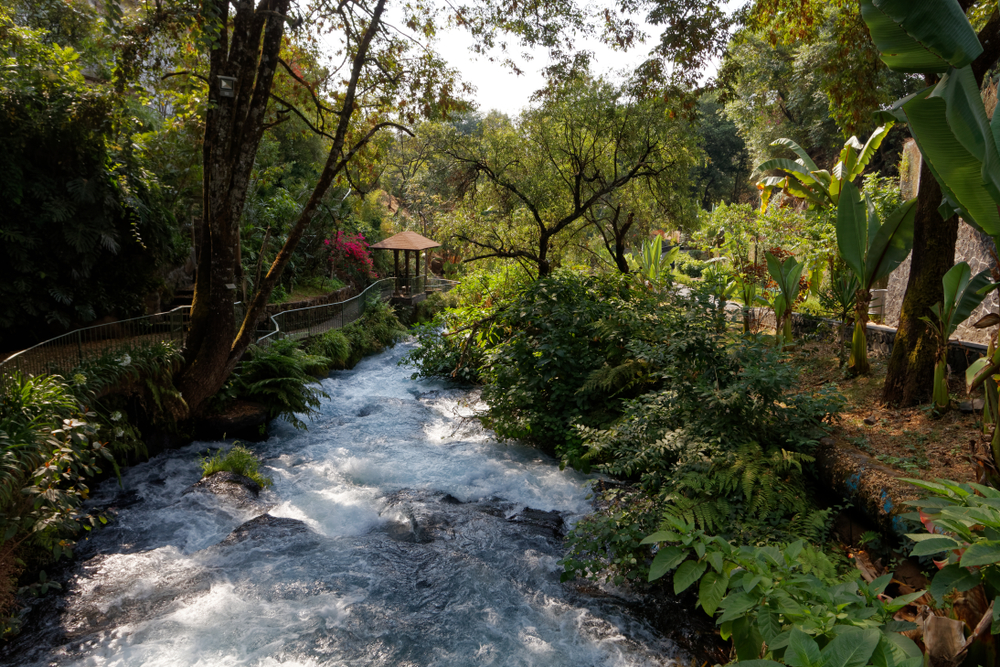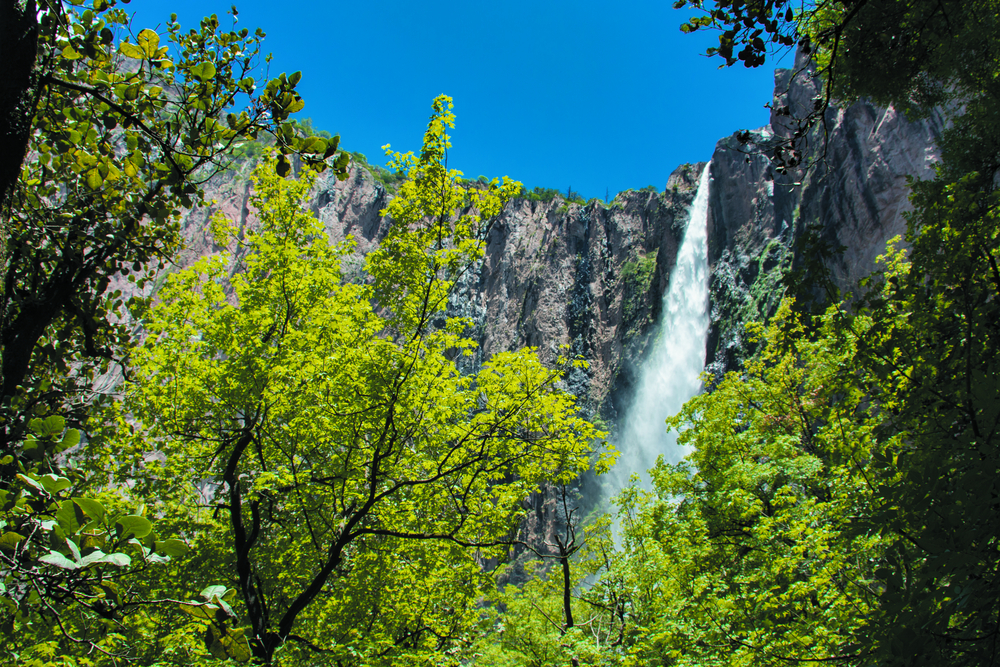Cerro de la Estrella Overview
Cerro de la Estrella National Park, known locally as Parque Nacional Cerro de la Estrella, is a significant natural and cultural landmark situated in the eastern part of Mexico City, within the borough of Iztapalapa.
The park encompasses the Cerro de la Estrella mountain, which rises to an elevation of 2,460 meters (8,070 feet) above sea level, standing approximately 224 meters (735 feet) above the surrounding cityscape. Originally established in 1938 with an area of about 1,100 hectares (4.25 square miles), urban expansion has since reduced the park’s size to less than 200 hectares (0.77 square miles).
The terrain of the park is dominated by the volcanic Cerro de la Estrella, also known by its Nahuatl name, Huizachtepetl, meaning “mountain of thorns.” This mountain is part of the Sierra de Santa Catarina range and features numerous small caves formed by ancient volcanic activity.
The park’s landscape offers a mix of natural and archaeological attractions, including the remnants of pre-Hispanic structures and petroglyphs. The vegetation primarily consists of reforested species such as eucalyptus, Pinus patula (a type of pine), and white cedar, as the original flora has been largely replaced due to urbanization and deforestation.
Wildlife within the park has also been affected by urban encroachment. The original fauna has largely disappeared, with current inhabitants mainly comprising small mammals like rodents and squirrels.
Bird species observed in the area include the Barn Swallow (Hirundo rustica) and the Inca Dove (Columbina inca). Efforts are ongoing to preserve and study the existing biodiversity within this urban natural reserve.
A prominent feature of the park is the archaeological zone near the summit of Cerro de la Estrella. This area includes the remains of a pyramid temple associated with the ancient New Fire Ceremony, a significant ritual performed by the Aztecs every 52 years to mark the end of a calendar cycle.
The last known ceremony took place in 1507. Visitors can explore these historical structures and learn about their cultural importance at the Museo del Fuego Nuevo, located within the park. The museum offers insights into the site’s history and the ceremonial practices that once took place there.
Visitors to Cerro de la Estrella National Park can engage in various recreational activities such as hiking, bird watching, and exploring the archaeological sites. The park provides picnic areas, playgrounds, sports facilities, and a lookout point offering panoramic views of Mexico City.
Trails leading to the pyramid and other points of interest have been restored to enhance the visitor experience. The park is accessible via public transportation, with nearby Metro stations including Cerro de la Estrella and Iztapalapa.
Despite its cultural and historical significance, the park faces conservation challenges. Urban sprawl has led to illegal settlements, agricultural activities, and deforestation, reducing the park’s original size and threatening its archaeological treasures.
Efforts to protect the area have included constructing perimeter walls to prevent further encroachment and implementing reforestation projects. In recent years, initiatives have focused on restoring native vegetation, improving infrastructure, and promoting environmental education to preserve this vital green space within the metropolis.
Cerro de la Estrella National Park stands as a testament to Mexico’s rich cultural heritage and natural beauty. It offers a unique blend of historical significance and recreational opportunities, making it a valuable asset for both locals and visitors seeking to connect with the region’s past and natural environment.
Park Map
Cerro de la Estrella National Park Highlights
Share your clicks with us
Related National Parks More Mexico

Arrecifes de Xcalak National Park

Bahía de Loreto National Park

Cerro de Garnica National Park

Cañón del Sumidero National Park

Cañón del Río Blanco National Park

Barranca del Cupatitzio National Park

Basaseachic Falls National Park

Benito Juárez National Park

Bosencheve National Park










































































